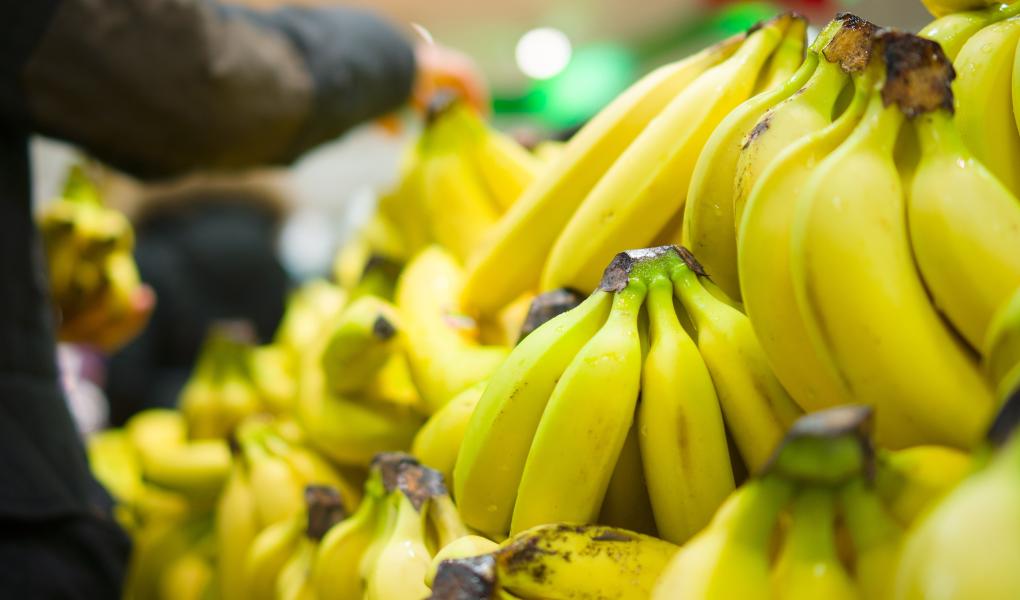Five of the toxins were also in the pulp itself, and not just in the peel, the company Testfakta's investigation shows.
Åke Bergman is a professor of Environmental Chemistry at Stockholm University, and is now critical of how the Swedish Food Agency conducts its measurements of bananas.
- We need to have data on what is actually in the pulp, says Åke Bergman
Every Swede eats an average of 19 kilos of bananas per year. But the bananas are sprayed with more and more pesticides, to protect against fungi and insects where the bananas are grown.
The company Testfakta has investigated bananas on the Swedish store shelves, and it turned out that several of the poisons that the bananas are sprayed with during cultivation,
In the random sample, five banana varieties were tested and at least two types of poison were found in the pulp. At most, seven different toxins were found in one and the same banana variety.
Although all the substances are within approved limits at the Swedish Food Agency, Åke Bergman believes that the knowledge of the effects of the substances is not good enough.
- The limit values are produced for one substance at a time. And for one substance at a time, that's okay, but then what is the significance of having this composition, this cocktail of chemicals, he says.
Of the four organic banana varieties tested, all were completely free of traces of pesticides.
But Åke Bergman believes that the Swedish Food Agency's measurements of the amount of toxic substances in bananas are done incorrectly. Because measurements are not only taken on the pulp itself, but also on the skin.
- I think it is extremely remarkable. What a person actually gets by eating the pulp is very difficult to calculate, says Åke Bergman
But the Swedish Food Agency believes that the measuring technique is an international agreement, which is both faster and cheaper than just measuring the pulp.
- The EU has regulations that tell exactly how we should test and analyze these products to carry out an inspection, says Anders Jansson, state inspector at the Swedish Food Agency.
What do you think about this result?
- I think that the results that have been obtained here are at a very low level and those results mean that the food is safe, says Anders Jansson.

